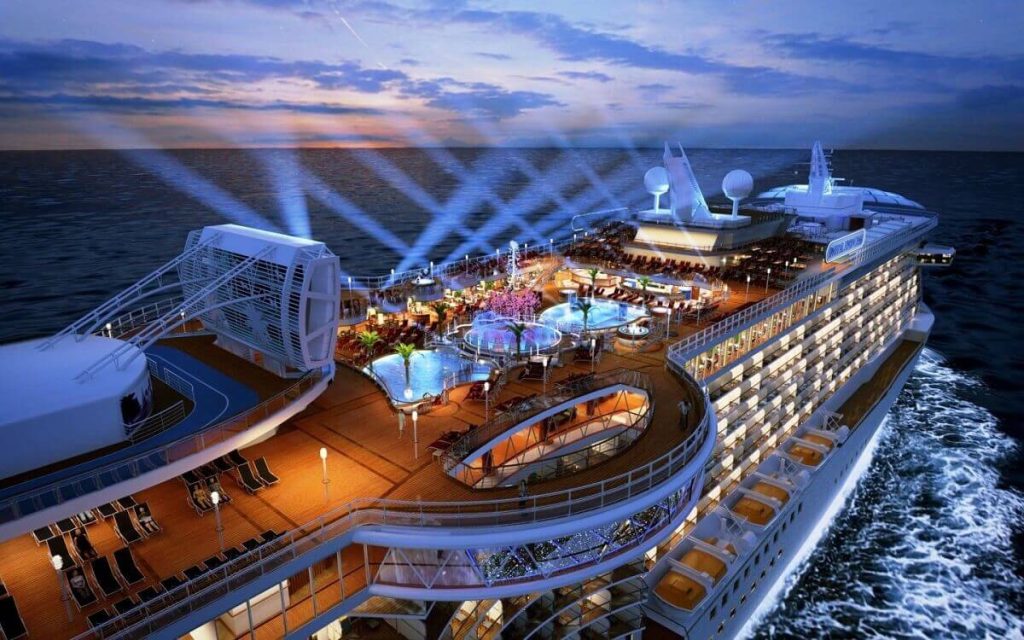Home France is recognized for its significant cultural heritage, exceptional cuisine, and attractive landscapes, making it the most visited country in the world. From seeing…


Officially the Independent State of Samoa, Samoa is a fascinating Polynesian island nation with a rich history, culture, and natural beauty. Reflecting its Pacific Ocean geographic orientation, it was known as Western Samoa until 1997. Along with two smaller inhabited islands, Manono and Apolima, this island nation consists of two main islands: Savai’i and Upolu; several uninhabited islands, notably the Aleipata Islands—Nu’utele, Nu’ulua, Fanuatapu, and Namua. Strategically positioned in the Pacific, Samoa is 64 km west of American Samoa and near other Pacific islands including Tonga, Fiji, Wallis and Futuna, serving as a center of historical and cultural junctioning point.
Samoa’s center is Apia, the capital, where contemporary government blends with ancient culture. About 3,500 years ago, the Lapita people—known for their skill in sailing—were the first to find and occupy the Samoan Islands. Their laying of the groundwork for the Samoan language and cultural identity—which have endured time and outside influences—helps us to understand them.
With 11 administrative divisions, each with its own cultural and constitutional basis, Samoa functions as a unified parliamentary democracy. Samoa’s path to independence, as a sovereign state member of the Commonwealth of Nations, is evidence of its tenacity and autonomy. From 1899 to 1915, it was a German colony; thereafter, it was under joint British and New Zealand control until it acquired independence on January 1, 1962. Samoa’s governmental and social systems mirror this legacy of colonial influence, however, it has kept its own cultural character.
Known as Faʻa Sāmoa, the traditional Samoan way of life is still a major influence in social as well as political realms. Designed over 3,000 years, its cultural framework highlights family, respect, and community. Faʻa Sāmoa has kept its customs, social institutions, and language despite decades of European impact. Keystones of Samoan identity are cultural customs including the “ava ceremony, a somber ritual for bestowing matai chiefly titles,” and the making of finely spun “ie toga.”
Rich in gods, creation tales, and legendary individuals like Tagaloa and Nafanua—the goddess of war—Samoan mythology is, along with Christianity, which Samoan people adopted and brought by missionaries, these stories coexist. Though old beliefs and practices still flourish, especially in relation to Faʻa Sāmoa, today roughly 98% of Samoans identify as Christian.
Samoan society is known for communal living; traditional open dwellings, or fale, best capture this way of life. These buildings, without walls, create seclusion and environmental protection using coconut palm fronds. The powerful sasa and fa’ataupati dances depict the vivid cultural expression of the Samoan people, while the soft motions of the Samoan siva dance—which tells a story—showcase their celebrations and community gatherings revolve on these dances together with the beat of rolled mats or wooden drums.
Another evidence of the rich cultural legacy of the island is the building prowess of the Tufuga fai fale, traditional Samoan builders. These builders also help to create the larger fabric of Samoan cultural art forms.
Currency
Founded
Calling code
Population
Area
Official language
Elevation
Time zone
Nestled on the second-largest island in Samoa, central north coast, Apia, the energetic capital city, is a special mix of cultural legacy and modern development. Falling under the political district…
Home France is recognized for its significant cultural heritage, exceptional cuisine, and attractive landscapes, making it the most visited country in the world. From seeing…

The 7 Wonders of the 21st Century feature amazing successes redefining human creativity and engineering capability. From the calm Temple of Buddha's Origin in Leshan,…

Boat travel—especially on a cruise—offers a distinctive and all-inclusive vacation. Still, there are benefits and drawbacks to take into account, much as with any kind…

Millions of visitors come to Spain annually because of its vibrant culture, fascinating past, and amazing scenery. Still, the real spirit of Spain is found…

From Alexander the Great's inception to its modern form, the city has stayed a lighthouse of knowledge, variety, and beauty. Its ageless appeal stems from…

© All Rights Reserved. By Travel S Helper